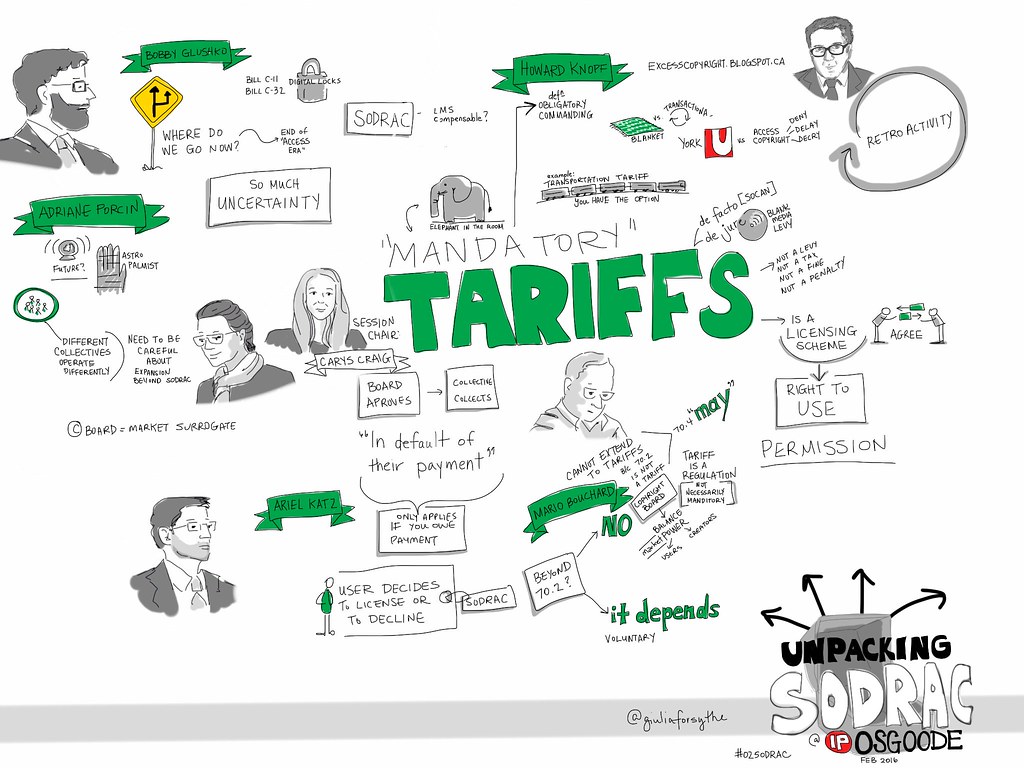Key Takeaways:
- The U.S. has imposed 25% tariffs on imports from Mexico and Canada.
- Tariffs on Chinese goods have doubled to 20%.
- These tariffs target over $2.2 trillion in annual trade.
- The move aims to address fentanyl trafficking but may cause economic tension.
The U.S. Fires Up Trade Tensions with New Tariffs
The United States has just taken a bold step in its trade strategy, introducing new tariffs that could shake up global markets. On Tuesday, President Donald Trump’s administration rolled out a 25% tariff on imports from Mexico and Canada, while doubling the tariffs on Chinese goods to 20%. This move has instantly sparked concerns about new trade wars with three of America’s biggest trading partners.
What’s Behind These Tariffs?
The Trump administration says these tariffs are a response to what it sees as insufficient efforts by Mexico, Canada, and China to curb the flow of fentanyl into the U.S. Fentanyl is a highly dangerous synthetic opioid that has been linked to thousands of overdose deaths across the country. By imposing these tariffs, the U.S. is essentially using its economic power to pressure these nations into taking stronger action against drug trafficking.
How Big of a Deal Is This?
The stakes are high. The U.S. trades nearly $2.2 trillion worth of goods annually with Mexico, Canada, and China. Disrupting this flow of trade could have far-reaching consequences. For consumers, it might mean higher prices on everyday items like cars, electronics, and clothing. For businesses, it could lead to increased costs and uncertainty, which might slow down economic growth.
What’s Next?
The immediate impact of these tariffs is unclear. Mexico, Canada, and China are all likely to respond, possibly by imposing their own tariffs on U.S. goods. This back-and-forth could escalate into full-blown trade wars, making things even more complicated for global trade.
A Global Economy in Flux
The world’s economy is already facing challenges, from rising inflation to slowing growth in key markets. Adding trade tensions to the mix could make things even more unstable. While the U.S. hopes to address a critical issue like fentanyl trafficking, the broader economic consequences remain uncertain.
A Closer Look at the Tariffs
- Mexico and Canada: Both countries are crucial trading partners for the U.S., particularly in industries like automotive and agriculture. A 25% tariff on their imports could significantly impact these sectors.
- China: The doubling of tariffs to 20% marks another chapter in the ongoing trade disputes between the two superpowers. This could further strain Relations and affect a wide range of goods, from electronics to household items.
Consumer Impact
For the average American, these tariffs could mean higher prices at the checkout line. Import taxes are often passed on to consumers, so expect potential price hikes on imported goods. This could also affect job markets, especially in industries that rely heavily on international trade.
The Bigger Picture
The U.S. is trying to send a strong message about fentanyl trafficking, but this approach carries risks.alienating key allies and trading partners could make it harder to address broader issues, from drug trafficking to climate change. The question now is whether these tariffs will achieve their intended goal or simply lead to more economic headaches.
What Do You Think?
As the situation unfolds, one thing is clear: the global trade landscape is about to get a lot more interesting. Stay tuned for updates on how these tariffs play out and what they mean for the U.S. and its trading partners.

